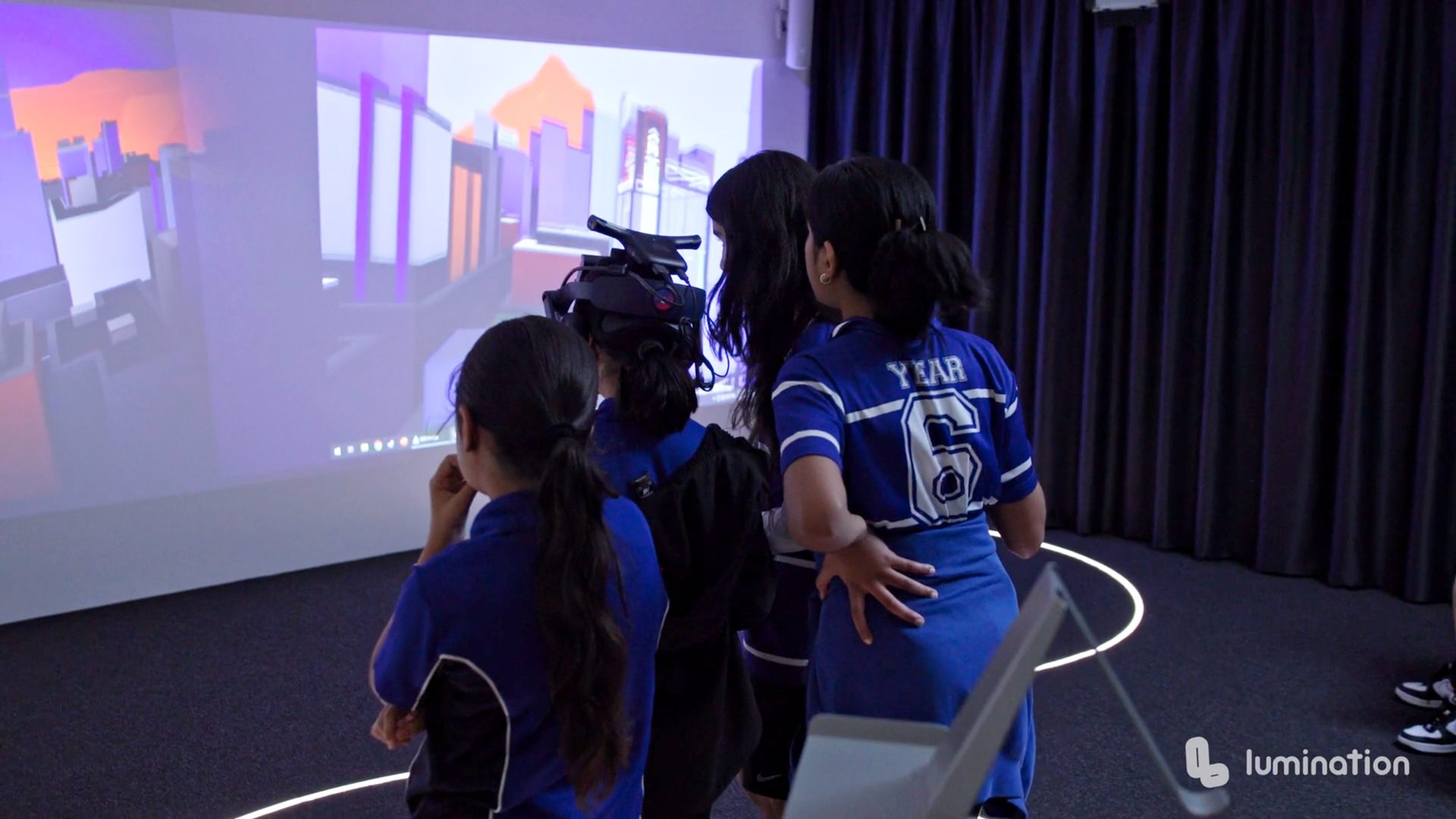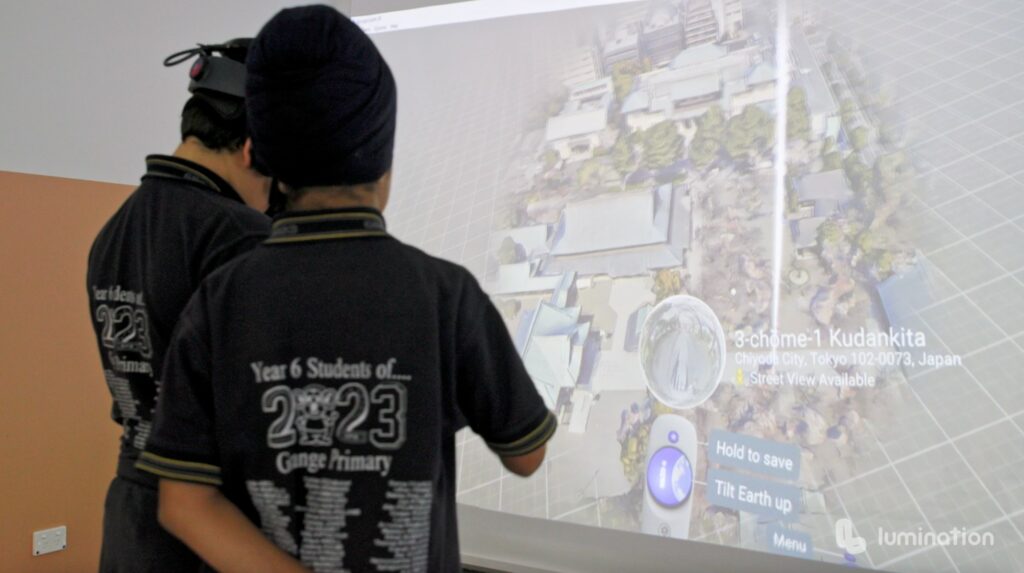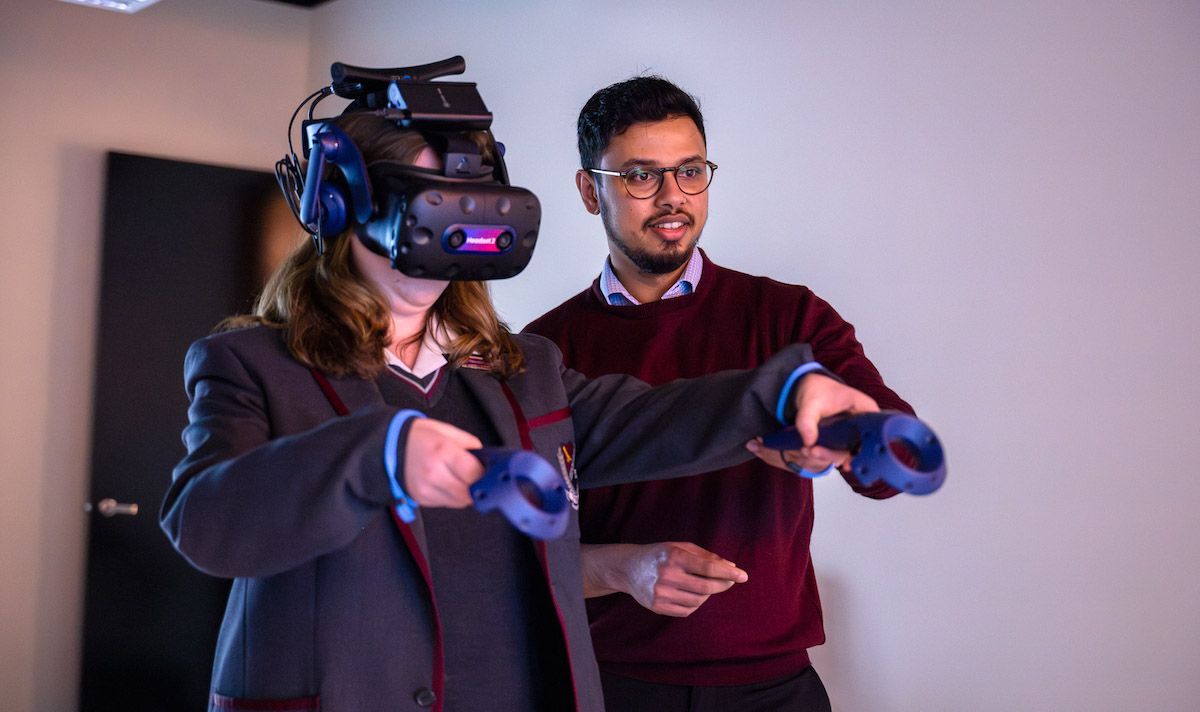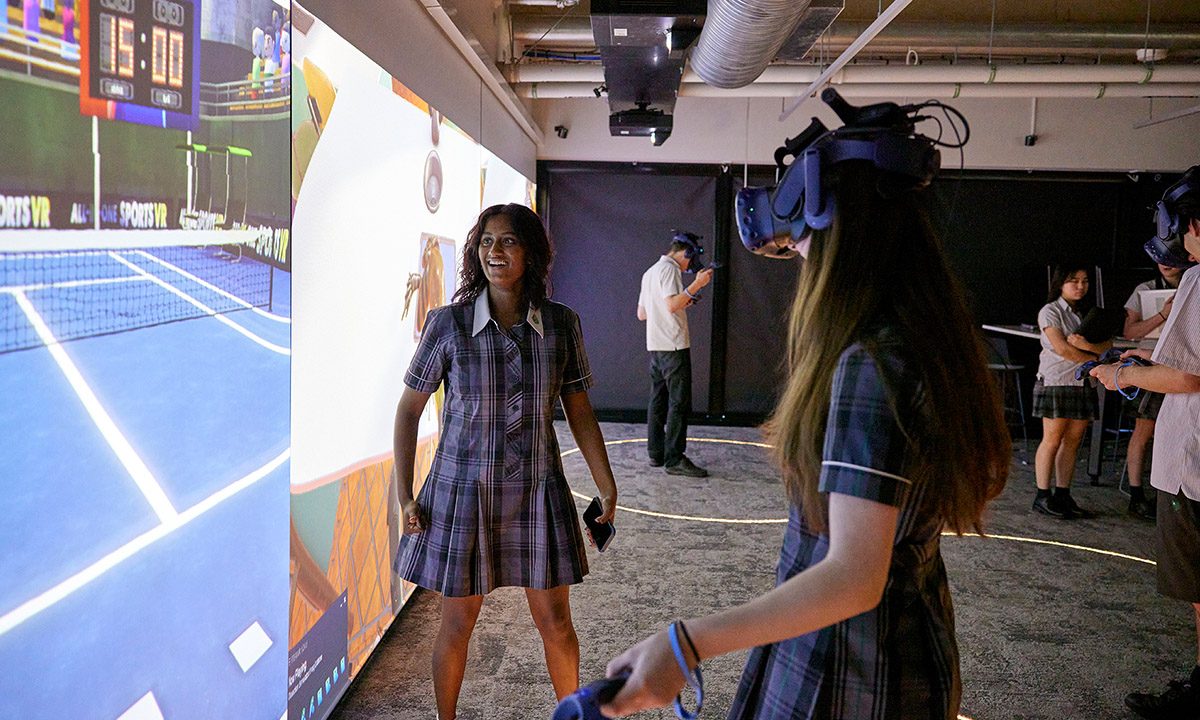Author:
Date: 13th Nov 2023
Immersive technology is removing barriers to achieving equitable education
In an article published in 2023, ABC defined equitable education as young learners achieving “a similar level and range of learning outcomes” regardless of their social, economic and academic circumstances. The article describes how equity in education is attained when the “wealth, income, power or possessions of a student’s family do not impact their educational outcomes.”
Geographical location and proximity to resources are also important factors in the search for equitable education – students in rural areas and smaller towns must have the same opportunities, and achieve the same results, as those in the capital cities. Ability level and linguistic backgrounds are other important aspects, as no student should ever be left behind on their education and development journey.
The implementation of immersive technology is making it easier for schools to create accessible learning environments and get closer to achieving equitable outcomes for all students across Australia. Let’s look at some of the ways schools can remove these barriers from their very own smart classroom.

Accessible Learning
When we implement immersive learning technologies and virtual reality teaching resources in the classroom, students gain access to an endless range of materials. They can enjoy valuable learning experiences, regardless of where they are located.
For students in remote areas of Australia, away from the more traditional educational resources found in the capital cities, this is particularly valuable and ensures equitable opportunities for all. Our Lumination Learning Labs are ready to deploy in locations right across the country, backed up by tailored education support from our expert team, supporting teachers wherever they are based.
Inside each Lumination Learning Lab, LeadMe classroom automation software gives teachers the ability to control their smart classroom with the touch of a button. LeadMe gives teachers access to a range of experiences, ready to be distributed to devices simultaneously so students can follow along.
Adapting to Diverse Learning Styles
This idea of diverse learning styles applies to all students in the classroom. We all learn in different ways, and what works for one student may not necessarily be so well-suited to another. Immersive technology allows students to come face-to-face with the concepts and subjects they are studying, leading to deeper understanding and engagement with the content.
Lumination Learning Labs provide a deeper level of personalisation for students while leveraging immersive technology to offer experiential learning across all subjects directly aligned with the curriculum. With tailored lesson plans and materials that are delivered with their own needs and abilities in mind, teachers can help their students achieve greater academic success.

Inclusive Learning Environments
If we are to realise true equity in education, schools must be able to deliver comprehensive inclusivity and engagement for all students. Lumination Learning Labs cater for students with a diverse range of learning styles and needs, including students with disabilities, EALD students (English as an Additional Language or Dialect) or those with special learning requirements.
Emerging technologies provide students with a multi-sensory approach to learning, increasing their enjoyment and engagement in the subject matter. The technology provides students with hearing and behavioural disabilities the ability to communicate in new and creative ways and to experience sound in different ways, through vibration and visual representation.
EALD students can practice their English skills with apps such as Mondly, which allows them to present in front of a virtual audience, teaching them new vocabulary and language conventions in context.
Immersive learning technologies have proven to be beneficial to students at Suneden Specialist School in South Australia. Naomi Guglielmo, a registered teacher and one of our learning designers, demonstrated ways in which teachers can assist their students with autism spectrum disorders (ASDs) to articulate their emotions to others, using VR/AR technology as Augmentative and Assistive Communication (AAC) solutions.
Virtual and augmented reality can also be used to help students identify their needs or triggers, helping them to regulate after becoming distressed, or as a preventative measure.

Real World Experiences
Immersive learning technology takes students on a journey without ever leaving the classroom environment. Through carefully developed lesson plans, teachers can use the Lumination Learning Lab to craft these journeys, so students can explore locations across the globe. The XR technology provided in their smart classroom gives students hands-on learning opportunities to develop practical skills they can transfer to the real world.
Experiences such as Work Window, an interactive career discovery platform, provide students with the tools to explore a world of exciting career possibilities, providing early insights and hands-on experiences that expand their horizons and enrich their career choices, including interactive job shadowing and job interview simulation.
The introduction of a smart classroom with XR technology, provides students with these opportunities without cost limitations, safety concerns, and time restraints being a deciding factor.
Reduction in Cost
School excursions have been points of controversy for many years. While all students can benefit from excursions, the economic resources of parents and of the school itself mean that many students miss out on valuable experiences.
Immersive learning technologies like the Lumination Learning Lab are intended to remove much of this cost burden, making excursions more accessible for students and, therefore, closing the equity gap.
The implementation of a smart classroom renders lab equipment, textbooks, and other learning materials obsolete, instead replacing them with countless virtual experiences not found in a text book.

Achieve Genuine Equity in Education with Immersive Learning Technologies
Immersive learning technologies like the Lumination Learning Lab and LeadMe help your school allocate your resources more effectively, provide personalised and tailored learning materials for all students and achieve real equitable education outcomes.
Book your demo of the Lab today, or reach out to our team to discover more about how you can remove barriers to equitable learning in your school.



